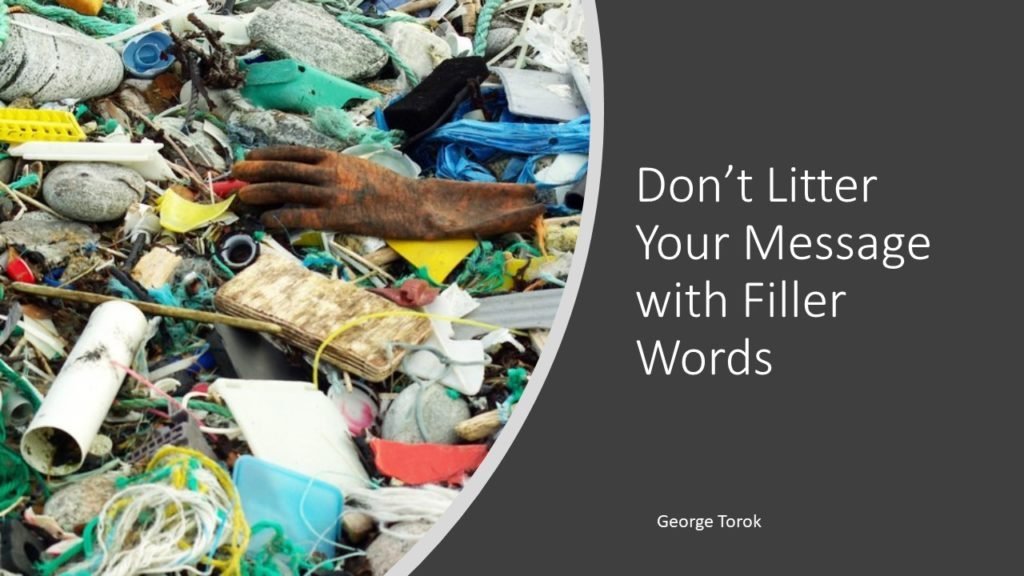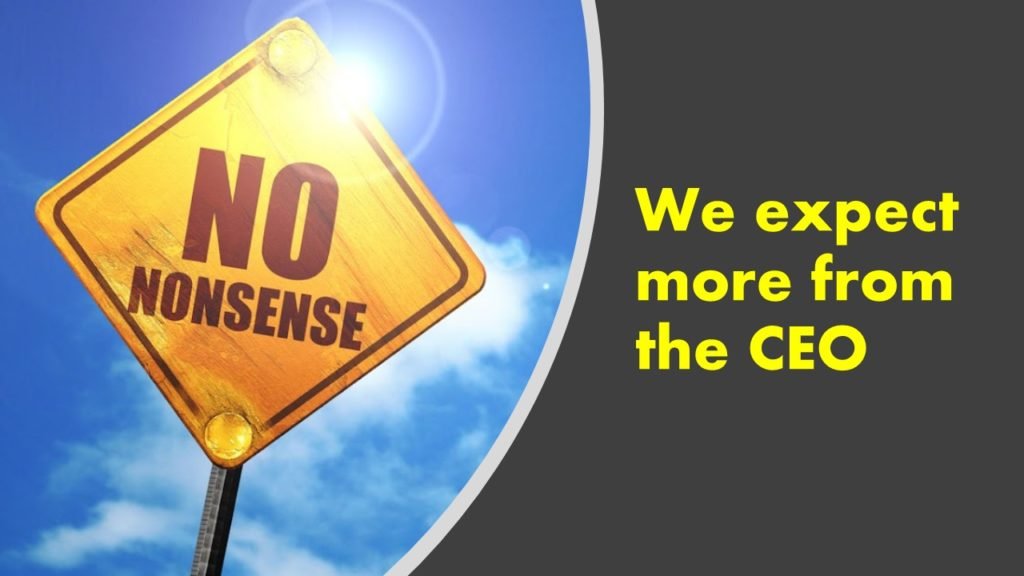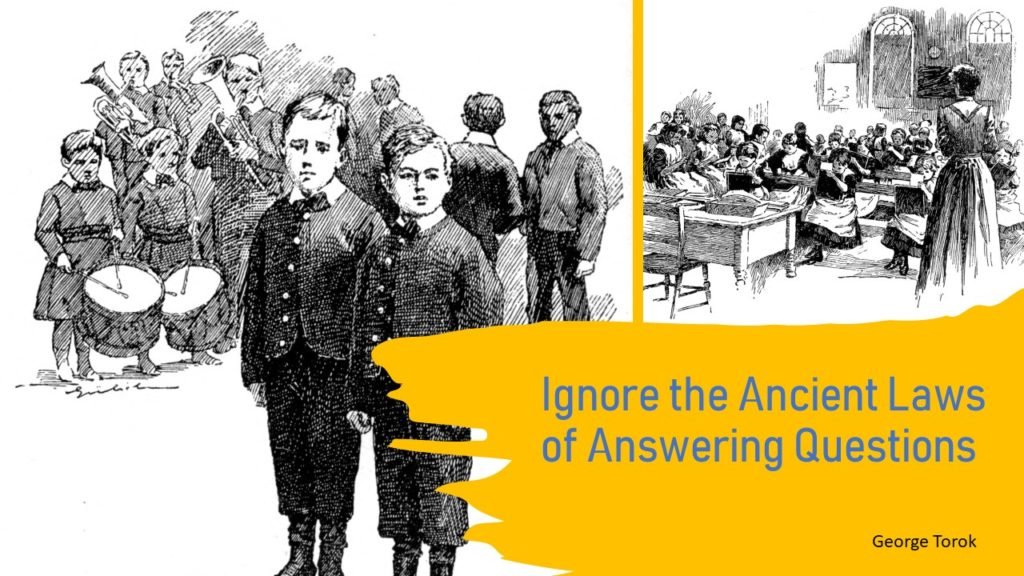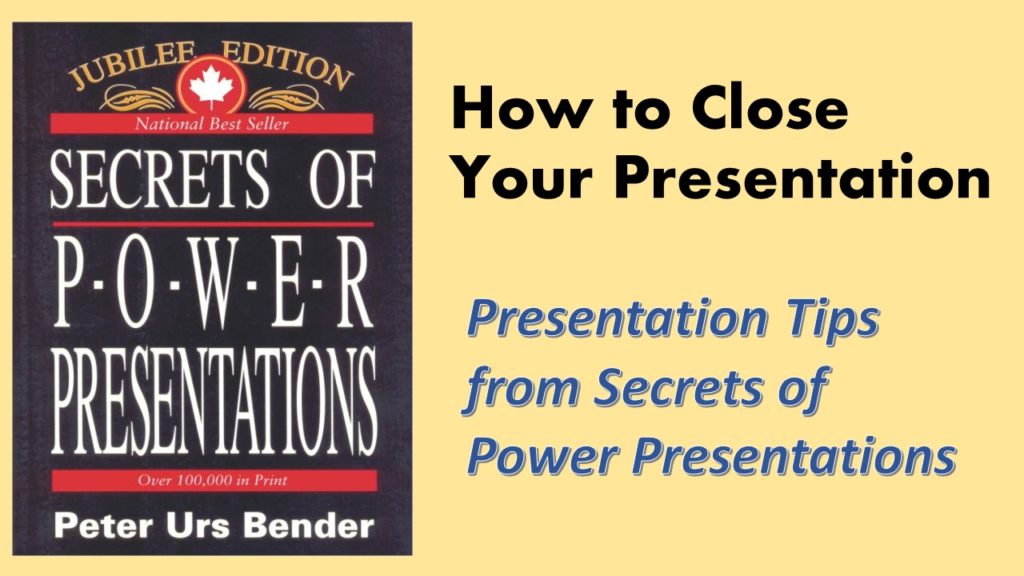A Successful Presentation Starts and Succeeds with a Clear Purpose

I asked him to clarify the purpose of this presentation. That’s the first place for you to start when designing, reviewing and adapting your presentation. That’s also how you should measure the success of your presentation. He paused briefly to think about that, then started to ramble. I smiled and cut him off. “What do you want people to think, feel or do after your presentation?” I could see the light bulb go on in his mind.
Think, feel or do?
Do Not Sabotage Your Message with Filler Words

Reread that and see if you can pick out the filler words that steal energy from this speech. Imagine if you used these words in your presentation. What might that do to poison your intended message? Picking out the filler words is the first step to eliminate them. It starts with you becoming aware. Start listening to what you say when you speak…. ah, umm, like so, okay, right, you know…
Grab Attention when You Open Your Presentation with Contrast

Open Your Presentation with Contrast to grab Attention. Why open you presentation with contrast? To grab attention, to engage, to trigger thinking. To highlight the difference between two opposite choices and the resulting outcomes. To create curiosity, stimulate interest and insight intrigue.
CEO Speaks Nonsense? What did she really mean?

What happens when your words sabotage your message instead of conveying it? As CEO of your company your words are important. The messages that you deliver in public are evaluated by your investors, staff, suppliers, customers, competitors, marketplace and media. People will judge you and your company by your words. They might misjudge your message. That’s why it’s important to thoughtfully choose your words to convey your intended message.
How to Look better on virtual meetings: Think TV not Radio

How to Look better on virtual meetings: Think TV not Radio. Radio is only audio – words, voice, tone, pace pattern, music. The audio must be good.
TV is that plus the visual – body language, imagery, photos, movement. The audio must be good. The video must be better.
On TV the visual dominates the impact (if the audio quality is acceptable). Poor audio sabotages both radio and TV.
Let’s assume that your audio is acceptable. This standard can vary based on the circumstance and expectations.
How to Tell Your Stories

The best speakers tell stories. Your audience forgets most of what you said in your presentation. They forget your name. If they remember anything, it’s your best stories. You know it was an effective story when they repeat it to others. They might not repeat it word for word – but they convey the essence of your message. That makes your presentation story a success.
Presentation Crisis: How a Quote, Cartoon and Story Could Save Your Career

A prop can greatly enhance your presentation. Verbal arguments aren’t enough to convince people of your message. Add a visual – a chart or cartoon. Verbal props come in several forms: quotations from famous people, anecdotes, plays, poems or even questions. I was faced with a critical meeting to defend myself against serious charges from our auditors. My defense included a quote, a cartoon and a parable.
How to Answer Questions from Your Audience: The Seven Step Formula

You can expect your audience to have questions about your presentation. That indicates interest in your presentation message.
When you answer questions from the audience, that allows you to engage them and reinforce your message. The question-and-answer session can convey your confidence, reveal your depth of knowledge and enhance the rapport between you and your audience – if you handle it well.
The Two Modern Laws of Answering Questions

When you present before an audience you must be aware of the difference between the Ancient Laws and the Modern Laws of answering questions. Get this right and save yourself grief while delivering more effective presentations.
How to Close Your Speech or Presentation

Your close although short is a significant part of your speech. Be clear on the purpose of your speech and be clear on how your close supports that purpose. Your last words might be remembered the most. No matter how badly you think your presentation went always end it looking and sounding confidently.
